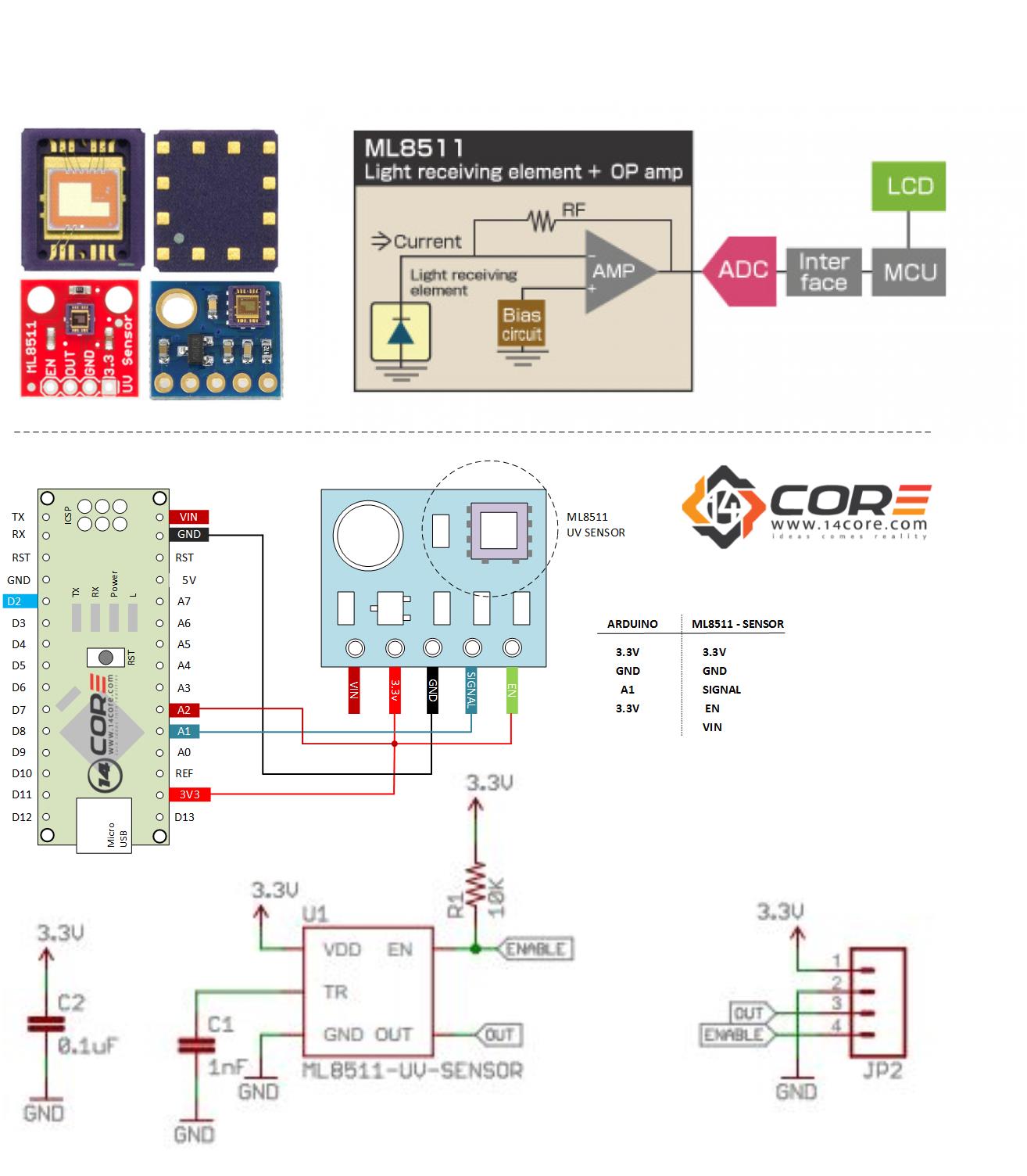
For each single digit number, certain segments in the display must be lit. For example, the requirement for a decoder to light up a seven-segment display is as shown in Figure 2. The decoder logic circuit is defined based on writing the requirement for each output element and simplifying the resulting logic expression. Comparing with 10 switches and 10 lines, the same function is performed with only four lines.Īs another example consider a decoder that converts from binary digits to a seven-segment display to illuminate numbers 0 to 9, that is, for lighting up a one-digit decimal number.įigure 1 Circuit for BCD to decimal decoder. This circuit is good for lighting up one light out of 10 or opening a door out of 10 doors, for example, corresponding to each number. Figure 1 depicts the circuit for a decoder, which translates from BCD (binary-coded decimal) to decimal numbers. In a way, it extracts information from packaged data.Ī decoder is a combination circuit meaning that it consists of various gates that put together a number of conditions carried by the input code. A decoder is a combination circuit that converts the binary information from N inputs to a maximum of 2 N distinct outputs.

Circuit coder walkthrough code#
In general, a binary code of N bits can represent 2 N distinct values. The code converter receives the inputs for a number to be displayed and depending on the input states (corresponding to the number) determines which bars must be lit. A seven-segment LED has seven LED bars, but not all must be turned on.


Although four bits (lines) can hold up to 16 numbers, all 16 do not necessarily need to be utilized. Code conversion refers to the translation between the data stored in bits and the data for an application, in other words, conversion of data from one form to another.Ī good example is a conversion from four bits of information that are available on four lines lighting up 10 decimal numbers (from 0 to 9) on a seven-segment LED.


 0 kommentar(er)
0 kommentar(er)
